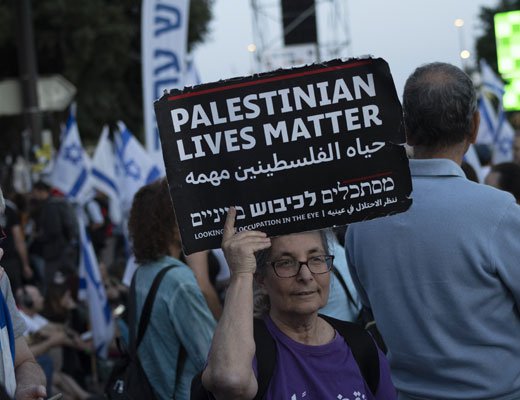
The Israeli military withdrew from Gaza’s largest hospital early Monday after a two-week raid, leaving behind several bodies and a vast swath of destruction, according to Palestinian residents.
The military has described the raid on Shifa Hospital as one of the most successful operations of the nearly six-month war. It says it killed scores of Hamas and other militants, including senior operatives who had regrouped there after an earlier raid, and that it seized weapons and valuable intelligence.
The U.N. health agency said several patients died and dozens were put at risk during the raid, which brought even further destruction to a hospital that had already largely ceased to function. The heavy fighting showed that Hamas can still put up resistance even in one of the hardest-hit areas of Gaza.
Rear Adm. Daniel Hagari, the top military spokesman, said Hamas and the smaller Islamic Jihad group had established their main northern headquarters inside the hospital. He described days of close-quarters fighting inside different buildings, and blamed Hamas for the destruction, saying some fighters had barricaded themselves inside hospital wards while others launched mortar rounds at the compound.
He said the troops had arrested some 900 suspected militants during the raid, including more than 500 Hamas and Islamic Jihad fighters, and seized over $3 million in different currencies, as well as weapons.
He denied that any civilians had been harmed by Israeli forces, saying the army had evacuated more than 200 of the estimated 300 to 350 patients and delivered food, water and medical supplies to the rest.
Mohammed Mahdi, who was among hundreds of Palestinians who returned to the area, described a scene of “total destruction.” He said several buildings had been burned down and that he had counted six bodies in the area, including two in the hospital courtyard.
Video footage circulating online showed heavily damaged and charred buildings, mounds of dirt that had been churned up by bulldozers and patients on stretchers in darkened corridors.
Another resident, Yahia Abu Auf, said there were still patients, medical workers and displaced people sheltering inside the medical compound after several patients had been taken to the nearby Ahli Hospital. He said army bulldozers had plowed over a makeshift cemetery in Shifa's courtyard.
“The situation is indescribable,” he said. “The occupation destroyed all sense of life here.”
Israel has accused Hamas of using hospitals for military purposes and has raided several medical facilities. It says it launched the raid on Shifa after Hamas and other militants had regrouped there.
Health officials in Gaza deny those allegations. Critics accuse the army of recklessly endangering civilians and of decimating a health sector already overwhelmed with war-wounded. Palestinians say Israeli troops forcibly evacuated homes near Shifa Hospital in downtown Gaza City and forced hundreds of residents to march south.
At least 21 patients have died since the raid began, World Health Organization Director-General Tedros Adhanom Ghebreyesus posted late Sunday on X, formerly Twitter.
He said over a hundred patients were still inside the compound, including four children and 28 critical patients. He also said there were no diapers, urine bags or water to clean wounds, and that many patients suffered from infected wounds and dehydration. (AP)
- Biden And Netanyahu Discuss Gaza Ceasefire
- Jul 26, 2024
- Paris Olympic Will Start On Saturday
- Jul 25, 2024
- IOC Names Hosts Of Winter Games
- Jul 25, 2024
- 85 % Paddy Plantation Completes Nationwide
- Jul 24, 2024
- Kamala Harris Hits Presidential Campaign Trail
- Jul 24, 2024
















